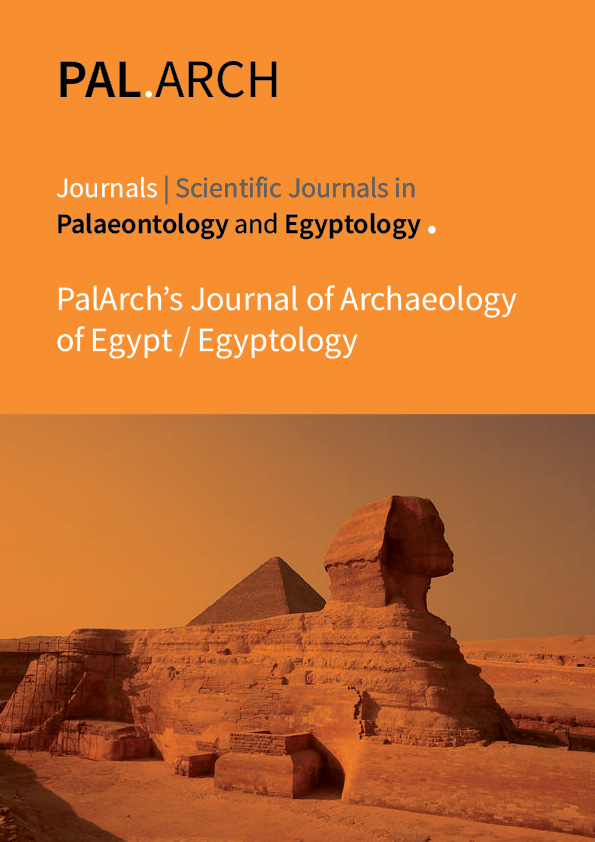TECHNICAL EFFICIENCY AND ITS DETERMINANTS OF PRIMARY SCHOOL: EVIDENCE FROM NEW AUTONOMOUS REGION IN BANTEN PROVINCE, INDONESIA
Abstract
This research investigates the technical efficiency of primary schools in Banten Province after
decentralization era. This research uses bootstrapped data envelopment analysis (DEA) to estimate the
efficiency scores of DMUs and applies Tobit model to determine the factors that affect the efficiency. The
data used is from 2011 to 2017. The input variables include number of schools, number of teachers,
number of students, teachers’ qualification, teachers’ certification and number of class. Output variables
are measured by number of graduation, expected years of schooling and net participation rates. The result
shows that the new autonomous regions (DOB) are more efficient in primary school implementation than
in the mother regions. There is no difference in technical efficiency between the top down and bottom up
DOBs. Both DOBs demonstrate contribution to the efficiency of primary education. The top down DOB
has technical efficiency which is identical to that of the bottom up DOB. Moreover, the result of the
research shows that gross regional domestic product per school age population, school density
(accessibility), gender, number of poor people, number of family members and regional autonomy
dummy, affect the efficiency of primary school education.



